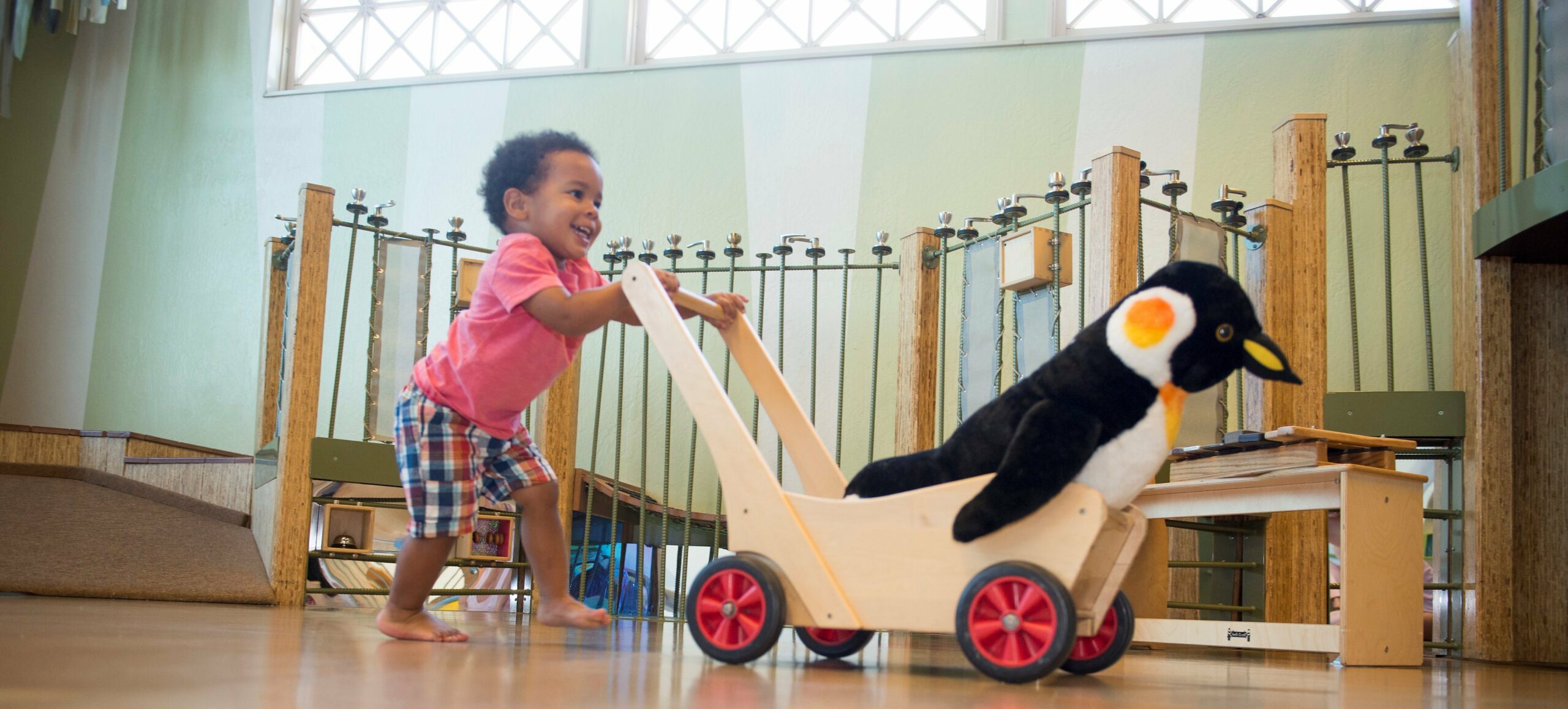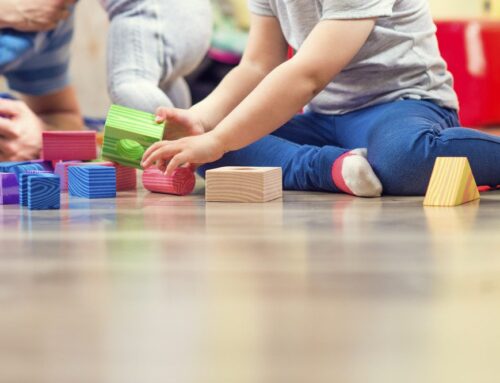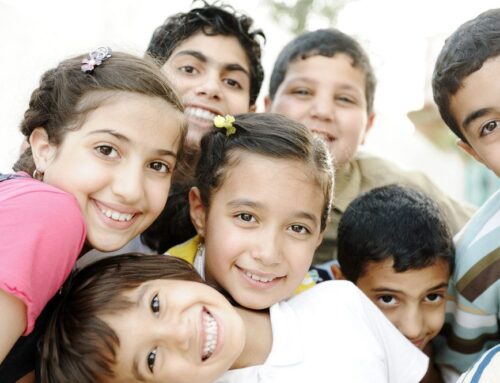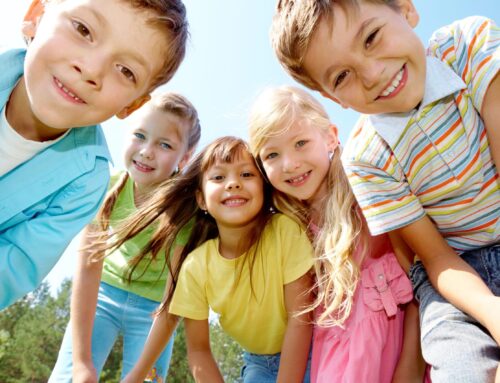by Lila Mago
Here at the Children’s Museum of Phoenix we highly value the importance of movement within a child’s lifestyle. We strive to fulfill our mission of “engaging the minds, muscles, and imaginations of children and the grown-ups who care about them” through the promotion of active play. In fact, every exhibit and activity found at the CMoP incorporates elements of movement. By keeping kids active, they can become more familiar with healthy habits as well as the fun of play.
Movement can also help to further develop parts of the brain and has been proven to increase attentiveness, language skills, motor skills, memory, and much more within children. Studies have shown that when language and movement are partnered within a child’s play-space, learning can increase up to 90%. One specific type of movement the museum focuses on promoting is “crossing the midline,” which is the ability to complete work on the opposite side of an imaginary line on the body that either runs vertically (from head to toe) or horizontally (from side to side). A child “crosses the midline” when they complete actions such as picking up a toy located on the right side of the body with the left hand, painting using large up and down strokes, or using their feet to pedal tricycles like in CMoP’s Pedal Power exhibit. Encouraging your child to constantly interact with their surroundings and use movement to complete tasks will help them develop their physical skills such as motor skills, hand-eye coordination, and muscular strength. Practicing movement and “crossing the midline” will additionally influence skills such as reading, writing, and eating, for they require the ability to transition from left to right or side to side. Increasingly incorporating movement into a child’s everyday routine has been proven to strengthen pathways in the brain which will allow your child to develop and strengthen vital skills.
How is Movement Connected to Learning?
The effects of movement and learning are deeply intertwined on a molecular level. In the human body, the first sensory systems within the brain to mature are the vestibular (inner ear) and cerebellar (motor activity) systems. These systems gather information around us and send impulses to the cerebellum (the “movement coordinator” of the brain) which directs new information to other parts of the brain. The reason why this process is so important is because it translates our thoughts into actions and helps us become more coordinated as well as increase our attention span. Incorporating stimulating movements such as jumping, running, and rolling into your child’s day to day life has the potential to establish a healthy lifestyle for your child as well as prepare them for future academic success.
What Can We Do?
Especially during the summertime, it can sometimes be hard to motivate your child to engage in physical activity. However, there are many ways for kids of all ages to get moving indoors! For younger children, specifically under the age of 12 months, incorporating plenty of ‘tummy time’ is recommended in promoting movement, for it helps to build strength in babies needed for crawling and standing. Gently dancing with your baby, playing peek-a-boo as well as encouraging your baby to pull themselves into a standing position or placing a toy out of reach for them to retrieve are all effective ways of incorporating movement into their lives. Slightly older children can have fun with movement by playing in forts made out of blankets and pillows, playing with blocks or items like play-dough or crayons to help improve their motor skills. Having a dance party, setting up hopscotch with tape, exploring simple yoga poses, or playing games like ‘Simon Says’ always encourage movement in a fun way. In addition to these ideas, the Children’s Museum of Phoenix offers several DIY videos concentrating on the topic of movement such as: Water Bottle Bowling, Dance Party, Ring Toss, Sock Toss, Cup Catch, Finger Strength, Straw Cutting Activity, Sticker Simon Says, Music and Movement, Upside Down Cars, Catch a Coin, Mother Goose Obstacle Course, and Turtle Crawl.
Movement is an important activity which allows us to have fun as well as strengthen our bodies. By incorporating movement into your child’s day to day life, you can help them better understand their growing bodies as well as introduce them to the fun of getting active.
Sources:
https://www.canr.msu.edu/news/movement_can_increase_learning_in_children
https://learningcenter.unc.edu/tips-and-tools/movement-and-learning/
https://raisingchildren.net.au/babies/play-learning/play-baby-development/movement-play-babies
https://www.ot-mom-learning-activities.com/crossing-the-midline.html
https://ptcne.org/crossing-midline-the-imaginary-line-between-right-and-left/
About the Author
Lila is a high school student in Phoenix who loves to write and grew up playing in CMoP’s Noodle Forest!






